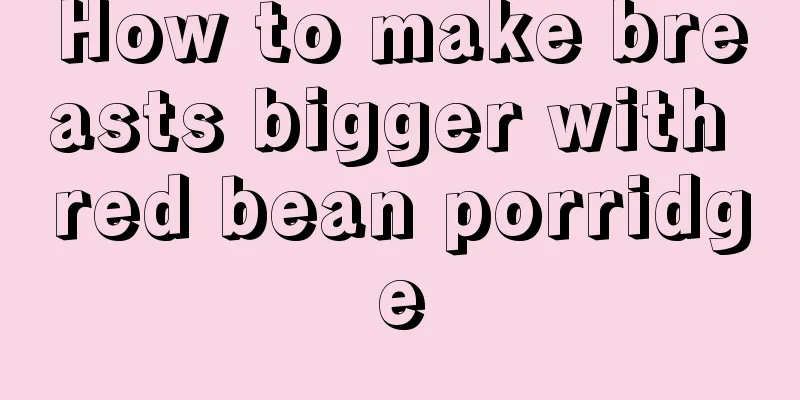Popular Science | Episode 4 of the popular science animation series "Spine Troubles" - About spinal correction belts

|
Nowadays, the incidence of posture problems and spinal deformities in school-age children is increasing. Bad habits such as incorrect sitting posture, lack of exercise, and long periods of time spent playing with mobile phones can induce spinal deformities in children, but children know little about the principles behind them and spinal health knowledge. This series of popular science animations aims to popularize the principles of spinal health problems caused by bad habits to school-age children and parents, and guide children to establish correct awareness and habits to protect their spinal health. In the form of animated short videos, the work designs the spine and surrounding organs into anthropomorphic characters. Through 8 episodes of animation, it tells the scientific principles behind spinal health problems such as cervical pain, hunchback, and scoliosis caused by bad posture and work and rest habits, as well as the impact on surrounding organs. The animation storyline is novel and easy to understand, the cartoon characters are interesting and lively, the video is well-made, the picture quality is clear, the painting style is full of childishness, and the details of the dialogue and the picture are handled rigorously. It is both interesting and scientific, and has an important role in popularizing science for school-age children and parents, and can effectively guide young readers and parents to pay attention to and think about spinal health issues. The Material Biomechanics Science Communication Team of the Chinese Society for Biomaterials was established in May 2020. Relying on the Material Biomechanics Branch of the Society, it is committed to popularizing the cutting-edge research results achieved by its team in the field of biomechanics by producing various high-quality popular science works. Welcome to follow! Episode 4 of "Spine Troubles" - About Spine Correction Belts Children's incorrect work and rest habits can easily lead to hunchbacks. Spinal correction belts are a commonly used hunchback correction aid. However, the role of spinal correction belts is more to make children passively raise their heads and chests by applying tension to the shoulders. When the correction belt is taken off and the external force is lost, it is easy to return to a hunchback posture. In this episode of animation, let's learn some more effective ways to improve hunchbacks~ |
Recommend
How to treat blisters on the vulva
Many female patients suffer from genital diseases...
How to restore vaginal relaxation after normal delivery
Many women find that their vaginas are loose afte...
What's the matter with blood in vaginal discharge?
Leucorrhea is a physiological phenomenon unique t...
No leucorrhea before menstruation
Leucorrhea is a normal secretion from the female ...
Can I eat carambola during early pregnancy?
Everyone knows that every pregnant mother will ex...
Do your eyes become dry after using the computer for a long time? Quickly "rehydrate" your eyes! Understanding dry eye syndrome
Dry eye syndrome is a general term for a variety ...
What should I do if there is a gestational sac but no embryo?
All girls will get pregnant. Pregnancy is very ha...
What to do if you have less milk during pregnancy
Don't be too anxious if you have little milk ...
What is the reason for the leucorrhea to turn yellow after sex?
Leucorrhea is a body fluid that every woman secre...
Treatment for a little menstrual bleeding
We all know that female friends have menstruation...
When is the best time to eat mandarin oranges? How to eat mandarin oranges
The Emperor's Mandarin orange, also known as ...
What should I do if pregnant women have severe pain due to symphysis pubis separation?
If a pregnant woman has symphysis pubis separatio...
How to take care of normal breasts for women
Breasts are important organs of women. They not o...
The prognosis of gastric cancer is related to these factors! What is the mainstream surgical method?
Author: Liang Bin, Chief Physician, Peking Univer...
What is the reason for delayed ovulation?
Women's ovulation period, like their menstrua...









